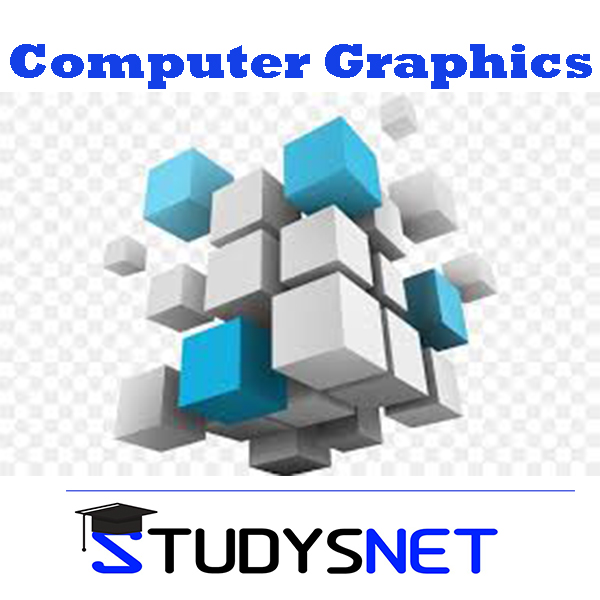Computer Graphics free videos and free material uploaded by Nagaraju Thatha .
OBJECTIVES:
• To develop, design and implement two and three dimensional graphical structures
• To enable students to acquire knowledge Multimedia compression and animations
• To learn Creation, Management and Transmission of Multimedia objects.
UNIT-I:
2D Primitives Output primitives – Line, Circle and Ellipse drawing algorithms - Attributes of output primitives – Two dimensional Geometric transformations - Two dimensional viewing – Line, Polygon, Curve and Text clipping algorithms
UNIT-II:
3D Concepts Parallel and Perspective projections - Three dimensional object representation – Polygons, Curved lines, Splines, Quadric Surfaces, - Visualization of data sets - 3Dtransformations – Viewing -Visible surface identification.
UNIT-III:
Graphics ProgrammingColor Models – RGB, YIQ, CMY, HSV – Animations – General Computer Animation, Raster, Keyframe - Graphics programming using OPENGL – Basic graphics primitives –Drawing three dimensional objects - Drawing three dimensional scenes
UNIT- IV:
Rendering Introduction to Shading models – Flat and Smooth shading – Adding texture to faces –Adding shadows of objects – Building a camera in a program – Creating shaded objects– Rendering texture – Drawing Shadows.
UNIT- V:
FractalsFractals and Self similarity – Peano curves – Creating image by iterated functions – Mandelbrot sets – Julia Sets – Random Fractals
UNIT- VI:
Overview of Ray Tracing Intersecting rays with other primitives – Adding Surface texture – Reflections andTransparency – Boolean operations on Objects.
OUTCOMES:
• Know and be able to describe the general software architecture of programs that use 3D computer graphics.
• Know and be able to discuss hardware system architecture for computer graphics. This Includes, but is not limited to: graphics pipeline, frame buffers, and graphic accelerators/co-processors.
• Know and be able to select among models for lighting/shading: Color, ambient light; distant and light with sources; Phong reflection model; and shading (flat, smooth, Gourand, Phong).
- DDA Line Drawing Algorithm with Examples Video 00:15:27
- Bresenham's Line Drawing Algorithm Video 00:16:19
- Examples of Bresenhams Line Drawing Algorithm Video 00:11:37
- Mid Point Circle Algorithm with Example Video 00:17:19
- Mid Point Ellipse Drawing Algorithm Video 00:26:00
- Example of Midpoint Ellipse Drawing Algorithm Video 00:17:44
- Homogeneous Coordinates Representation of Transformations Video 00:08:19
- 2-D Transformations with Examples Video 00:22:11
- Reflection and Shearing with Examples Video 00:16:23
- Viewing Pipeline Video 00:06:55
- Window to Viewport Transformation and Viewing Coordinate Reference Frame Video 00:09:42
- Clipping Introduction (Point, Line, Polygon) Video 00:10:35
- Cohen Sutherland Line Clipping Algorithm with Example Video 00:17:07
- Liang Barsky Line Clipping Algorithm with Examples Video 00:19:42
- Sutherland Hodgeman Polygon Clipping Algorithm Video 00:22:43
- Weiler Atherton Polygon Clipping Algorithm Video 00:15:53
- 3 D Transformations Video 00:25:00

- 1 Reviews
- 9 Students
- 16 Courses

Write a public review